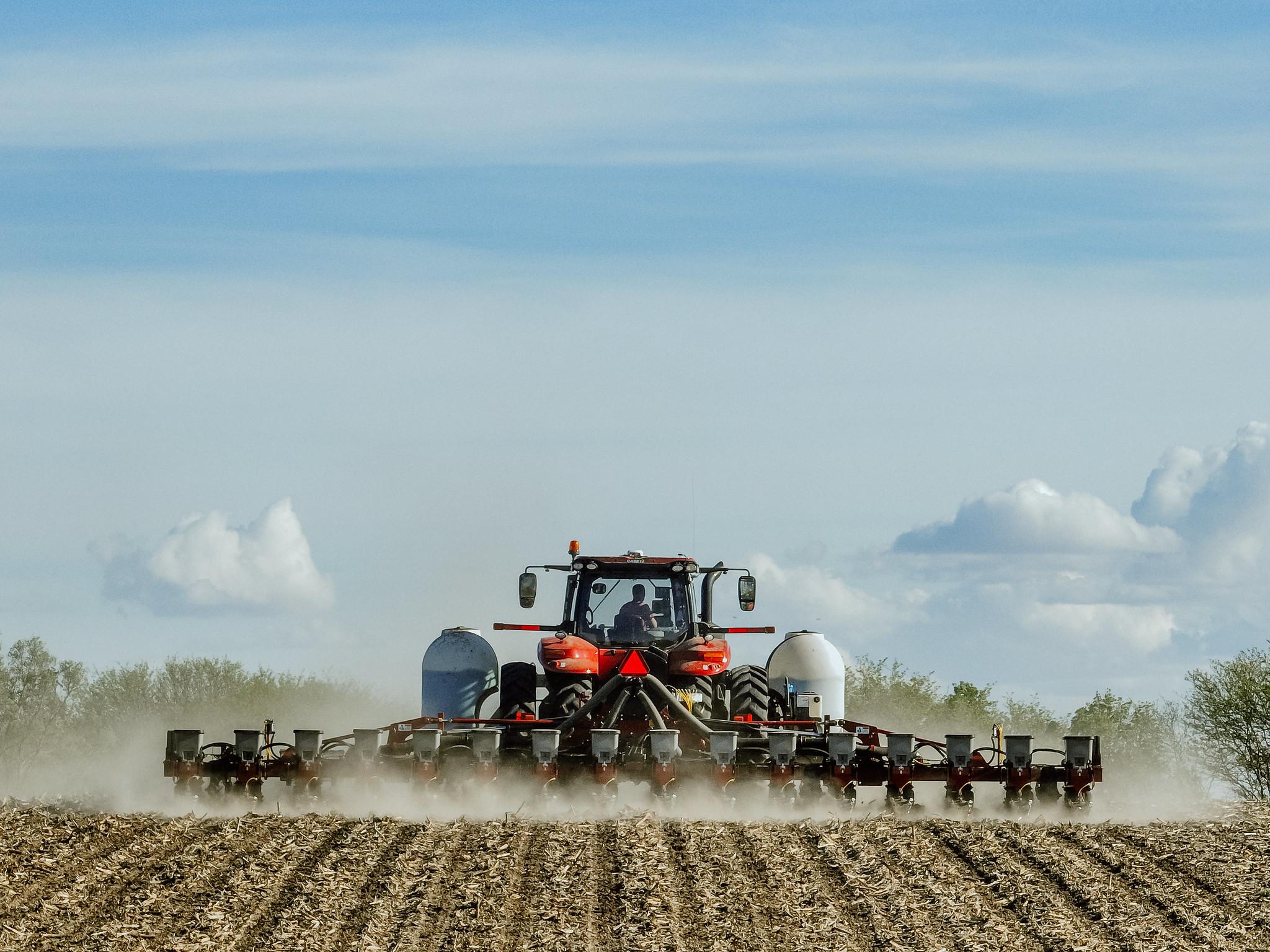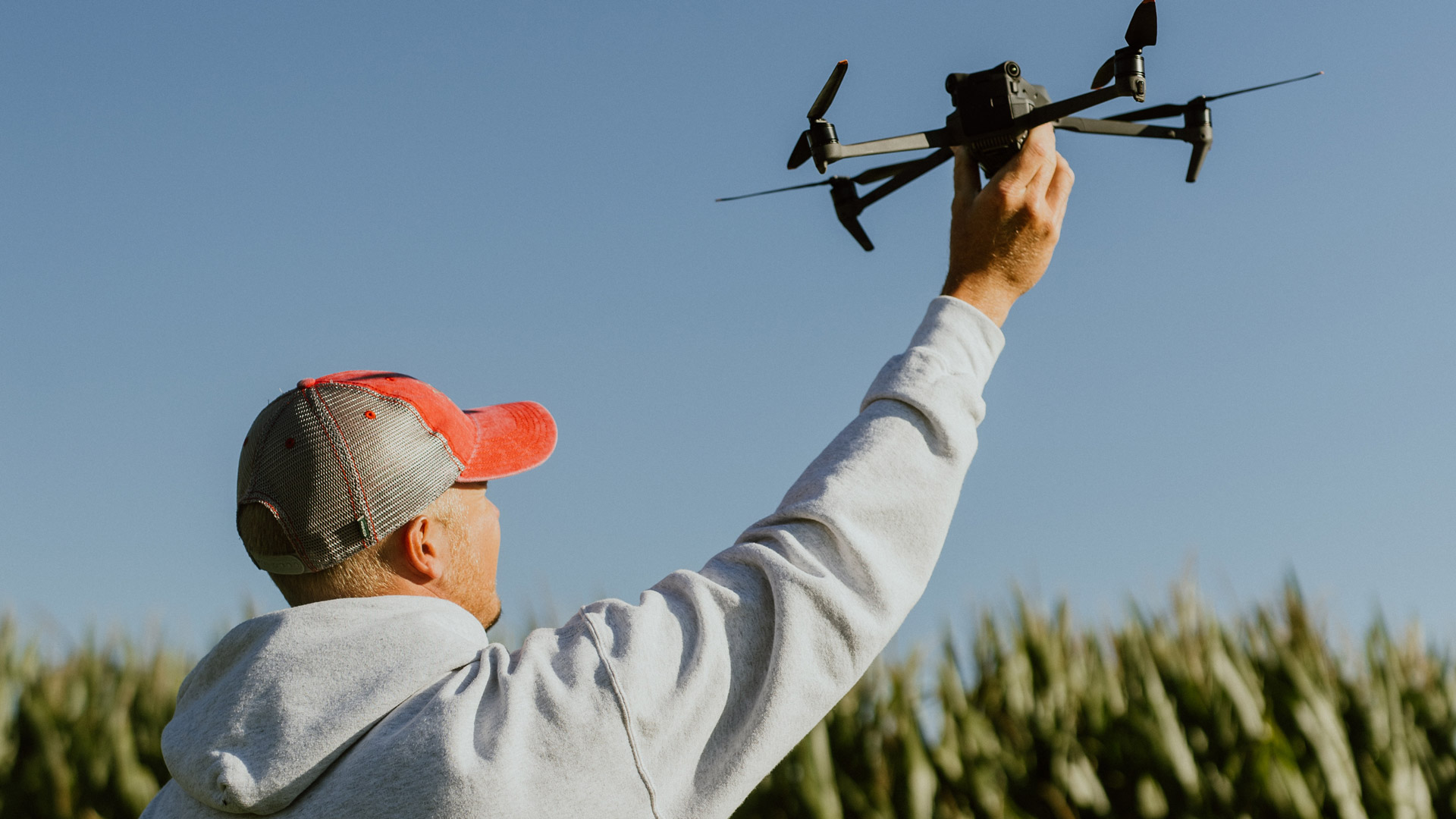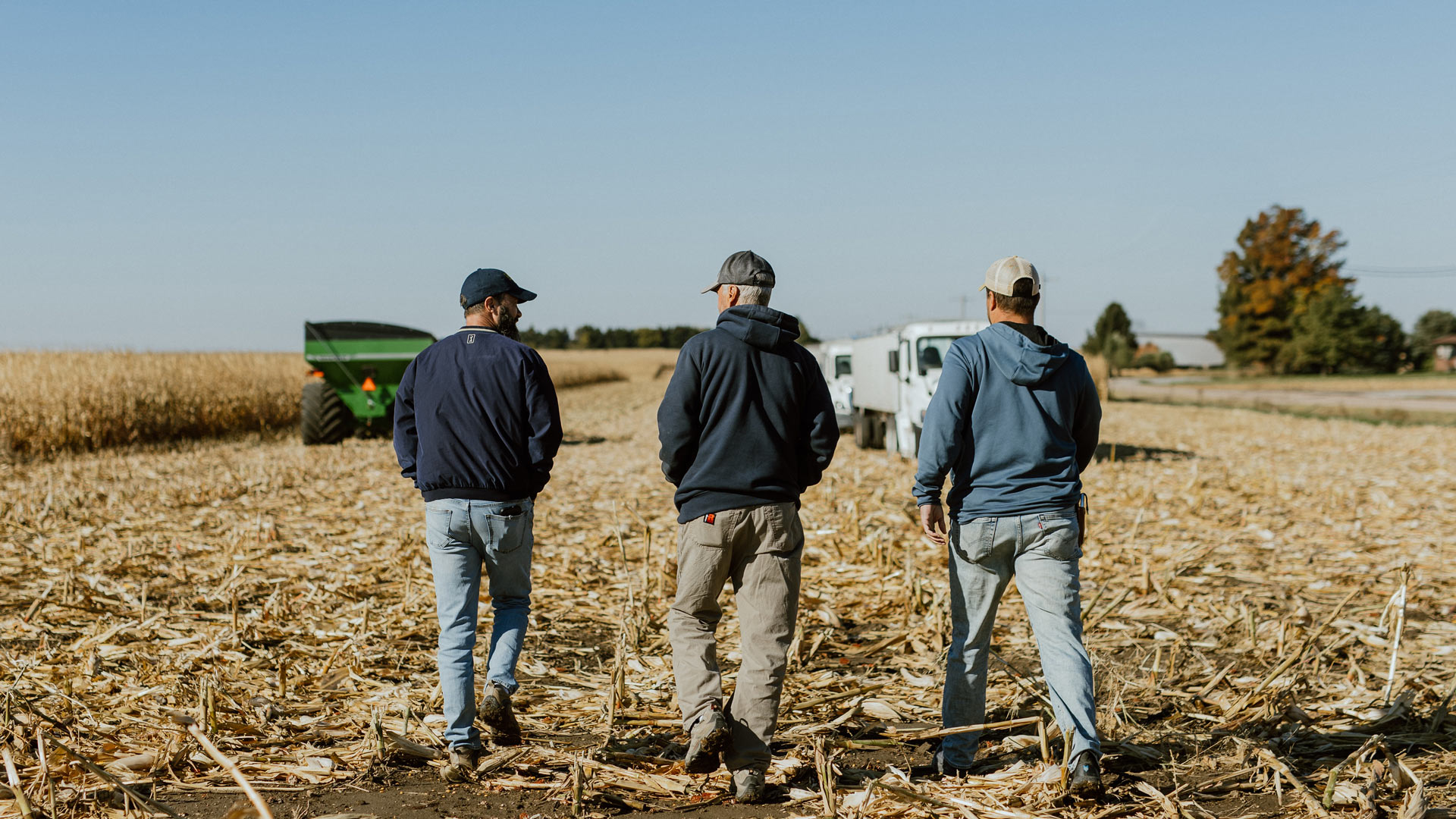A growing number of Nebraska corn farmers are embracing the power of cover crops. By growing cover crops after their corn is harvested, farmers use living plants to reduce soil erosion, promote healthy soil development and increase sustainability in their corn farming operations.
By integrating cover crops into their fields, corn farmers enhance soil structure and fertility, ultimately securing a more resilient agricultural landscape in Nebraska that can better withstand extreme weather events including drought, heavy rains, and high winds.
Here is a closer look at cover crops and how they can be an effective method for Nebraska farmers.
What Are Cover Crops?
Cover crops can be one of the two crops grown by farmers in a single season. First is the cash crop, which is the crop that is grown to sell. Growing corn is an example of raising a cash crop. The second type of crop is a cover crop, which are plants grown in addition to the main crop for secondary benefits.
What Are the Benefits of Cover Crops in Nebraska?
One of the biggest benefits of planting cover crops is to protect soil from erosion and improve soil health. Planting cover crops can also be a key part of post-harvest field care in other ways, such as preventing weeds, absorbing leftover nutrients to prevent runoff and providing forage for cattle that are turned out in the fields after harvest.
Typically, Nebraska corn farmers plant cover crop seed in the fall before the winter freeze, though some do plant in early spring. Others use a process called interseeding, which involves seeding the cover crop in between the corn rows while the corn is still growing.
How many Nebraska farmers use cover crops? According to the latest USDA agriculture census in 2022, cover crops were planted on 5.1% of row crop acres in the state.
Examples of cover crops grown in Nebraska include rye grass varieties or root vegetables like turnips and radishes. Some farmers plant rapeseed or cowpeas, a legume. It’s not unusual for farmers to use a mixture containing several types of cover crops to capture the benefits from each type of plant.
How cover crops reduce erosion
Cover crops reduce erosion using their roots, which act like a net to hold soil in place. This is especially important to reduce the impact of high winds that can blow loose soil away or heavy rains that can wash topsoil off the fields.
How cover crops improve soil health
Another way cover crops benefit farms is to improve soil health by reducing soil compaction and stimulating healthy soil microbes. Soil compaction can occur over time when heavy machinery or deep tillage pushes down on the soil layers, pressing oxygen out of the soil. Dense, compacted soil can reduce yields by preventing corn from growing strong, healthy roots. It also may not absorb water well.
Cover crops like radishes and turnips reduce compaction with their large underground roots, which can break through dense soil. By creating oxygen pockets in the soil with their roots, radishes and turnips create pathways for water, nutrients and soil microbes to once again move through the soil.
Living plants also are important for promoting the growth of soil microbes, which play a vital role in making nutrients like nitrogen, potassium and phosphorus available for corn to use. Fostering the growth of beneficial soil microbes and organisms, such as earthworms, helps put organic matter back into the soil and encourages soil diversity. This results in healthier, more fertile soil.
How Can Cover Crops Contribute to Sustainability?
Because of their many potential benefits, planting cover crops after harvest can help corn farmers increase sustainability. They can be an effective way to improve soil health and reduce erosion, which can pave the way for increased crop yields for years to come. Plus, benefits such as nutrient absorption and weed suppression can help reduce the amount of fertilizer and herbicides used on the fields.
Overall, cover crops can be a valuable method that provides short-term and long-term benefits for farmers!




